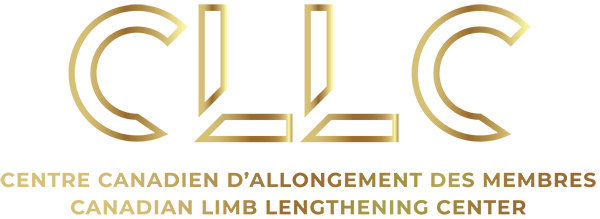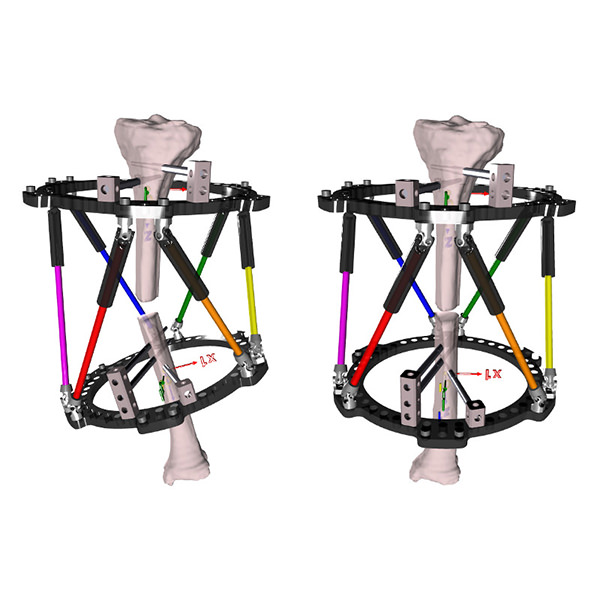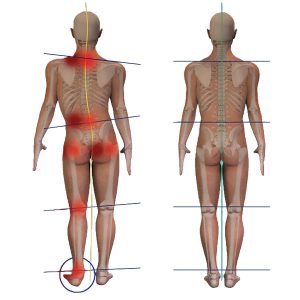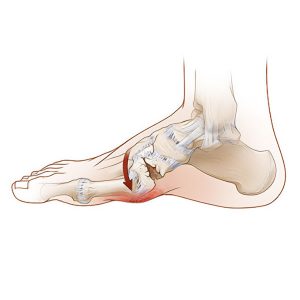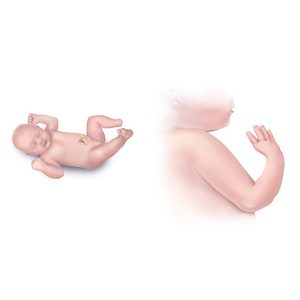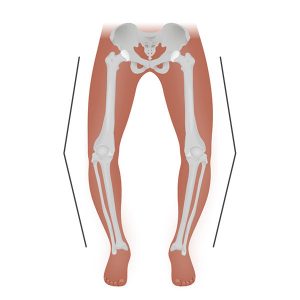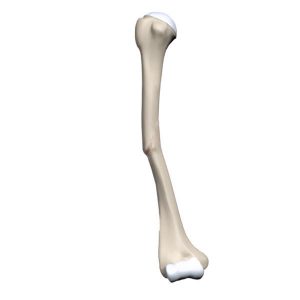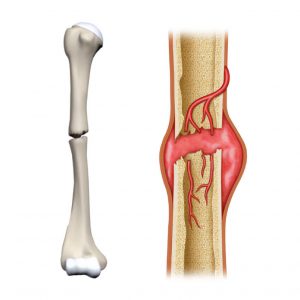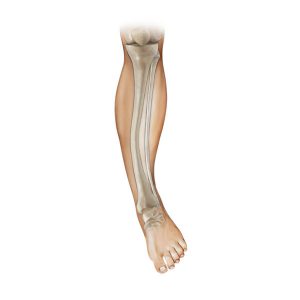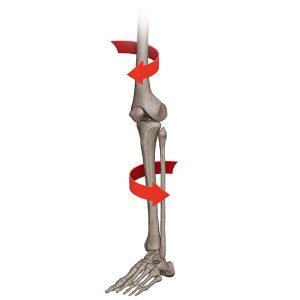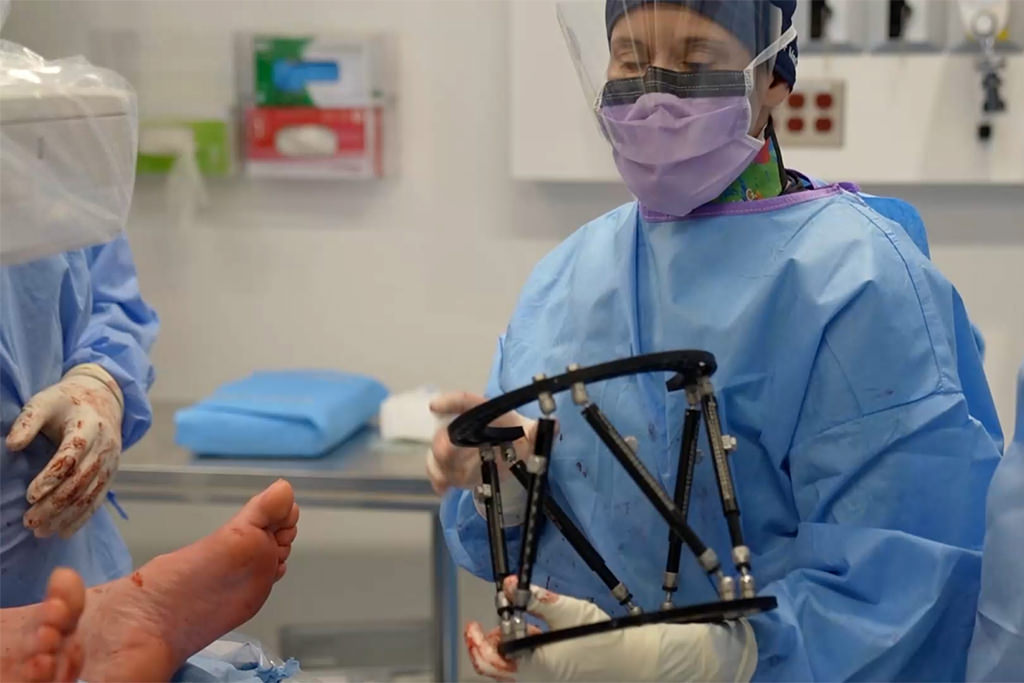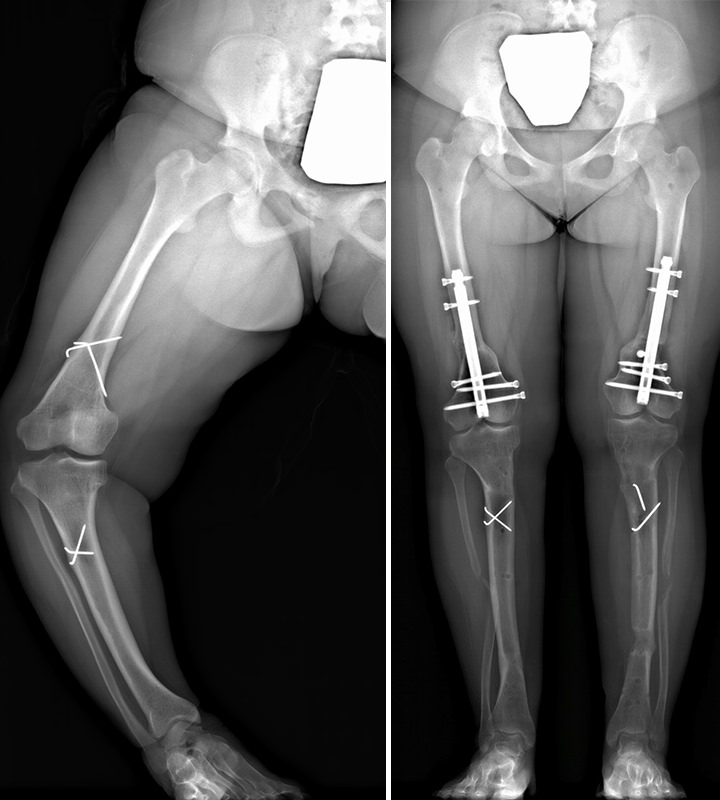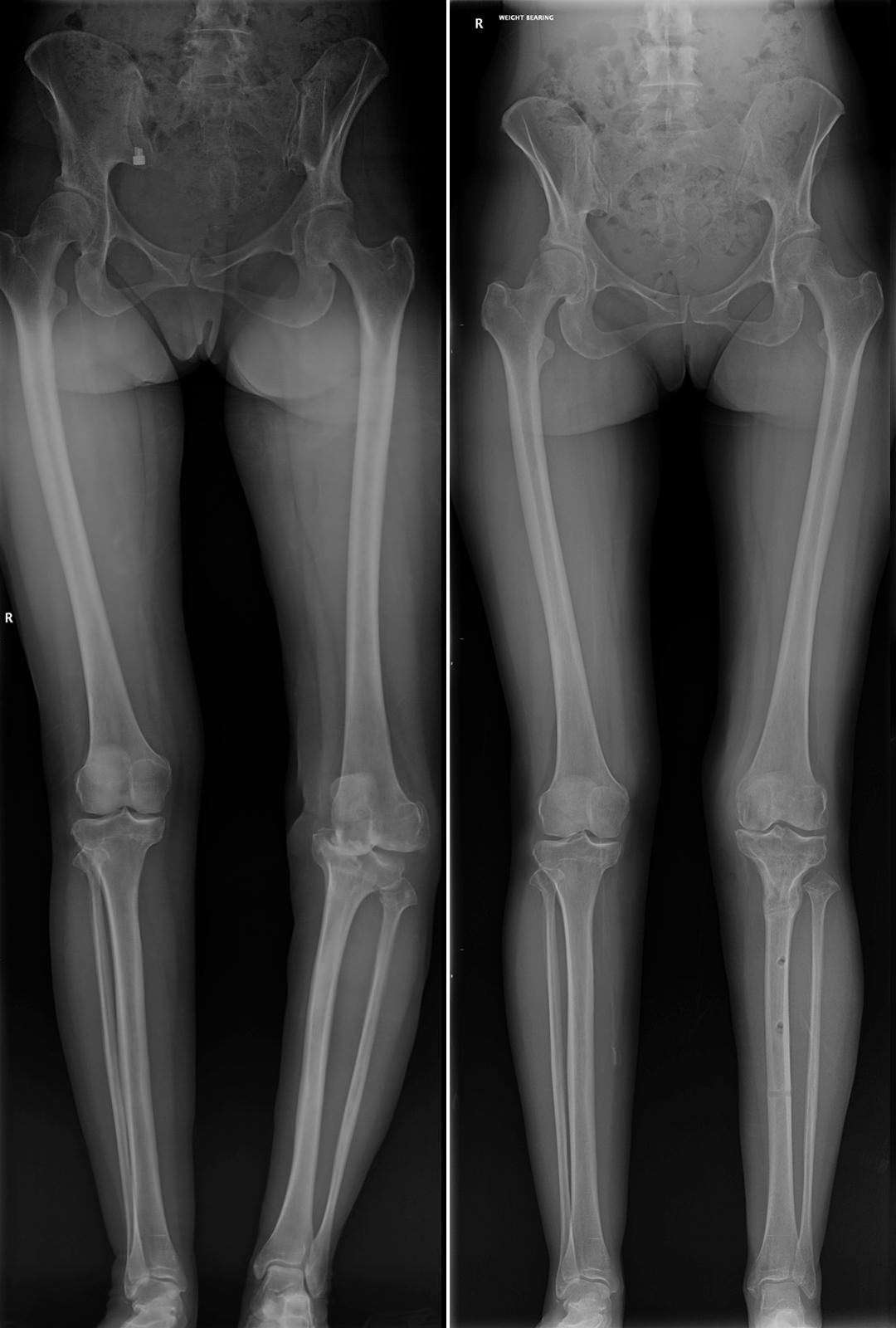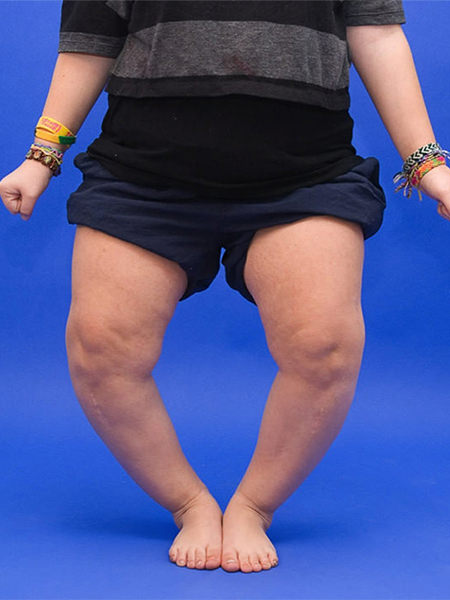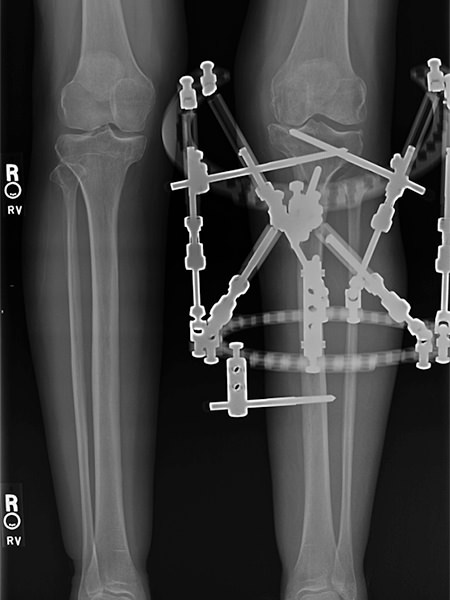Gradual Deformity Correction with external fixation is used to reposition the bones in normal alignment to improve or gain function. This surgery is often performed on bones such as the Femur, Tibia, Humerus, and Radius/ulna. The corrections are performed over several weeks or months and may involve 1-2 surgical procedures to apply and remove an external fixator device. Your surgical plan will include a Distraction Phase, during which the bones will gradually be separated and aligned, as well as a Consolidation Phase, wherein the new bone starts to hardens and solidifies and finally a healing phase, in which the bone becomes strong enough for the external fixator to be removed. With advanced technology offered at CLLC, gradual deformity correction is less invasive and more comfortable than ever before.
This website uses cookies so that we can provide you with the best user experience possible. Cookie information is stored in your browser and performs functions such as recognising you when you return to our website and helping our team to understand which sections of the website you find most interesting and useful.
